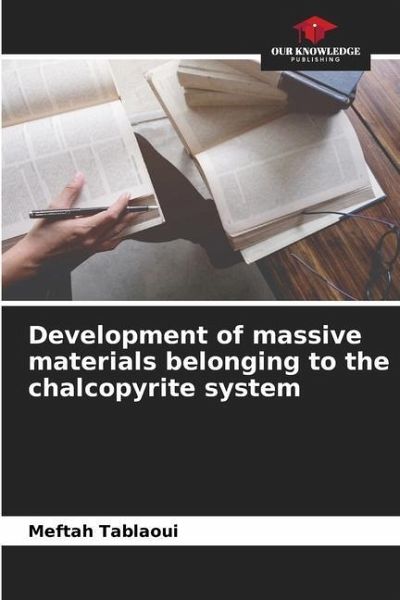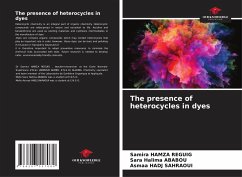
Development of massive materials belonging to the chalcopyrite system
Versandkostenfrei!
Versandfertig in 6-10 Tagen
43,99 €
inkl. MwSt.

PAYBACK Punkte
22 °P sammeln!
In the field of photovoltaics, the Cu2ZnSnS4 (CZTS) compound could be an alternative to conventional thin-film compounds based on expensive or toxic elements. Apart from a gap of 1.5 eV and an absorption coefficient of 10-4 cm-1, it consists of benign and abundant elements, which will reduce the cost of the final cell. In this thesis, a series of CZTS compounds were synthesised with excess sulphur to compensate for chemical decomposition losses and compositional changes in the Cu-Zn-Sn-S phase diagram. The effect of sulphur on crystallinity, purity and lattice order was demonstrated. The singl...
In the field of photovoltaics, the Cu2ZnSnS4 (CZTS) compound could be an alternative to conventional thin-film compounds based on expensive or toxic elements. Apart from a gap of 1.5 eV and an absorption coefficient of 10-4 cm-1, it consists of benign and abundant elements, which will reduce the cost of the final cell. In this thesis, a series of CZTS compounds were synthesised with excess sulphur to compensate for chemical decomposition losses and compositional changes in the Cu-Zn-Sn-S phase diagram. The effect of sulphur on crystallinity, purity and lattice order was demonstrated. The single-phase domain was determined and it was shown that it is possible to obtain high-purity compounds. Morphology by optical microscopy revealed granular polycrystals with rejection of secondary phases in the grain boundaries. The Cu2ZnGeS4 (CZGS) compound could find applications in photovoltaics and optoelectronics. The addition of tin could significantly improve reaction kinetics and crystallinity, hence the interest in studying the Cu2ZnGexSn(1-x)S4 compound.












